Home>Storage & Organization>Decluttering Tips & Tricks>How To Declutter With Kids
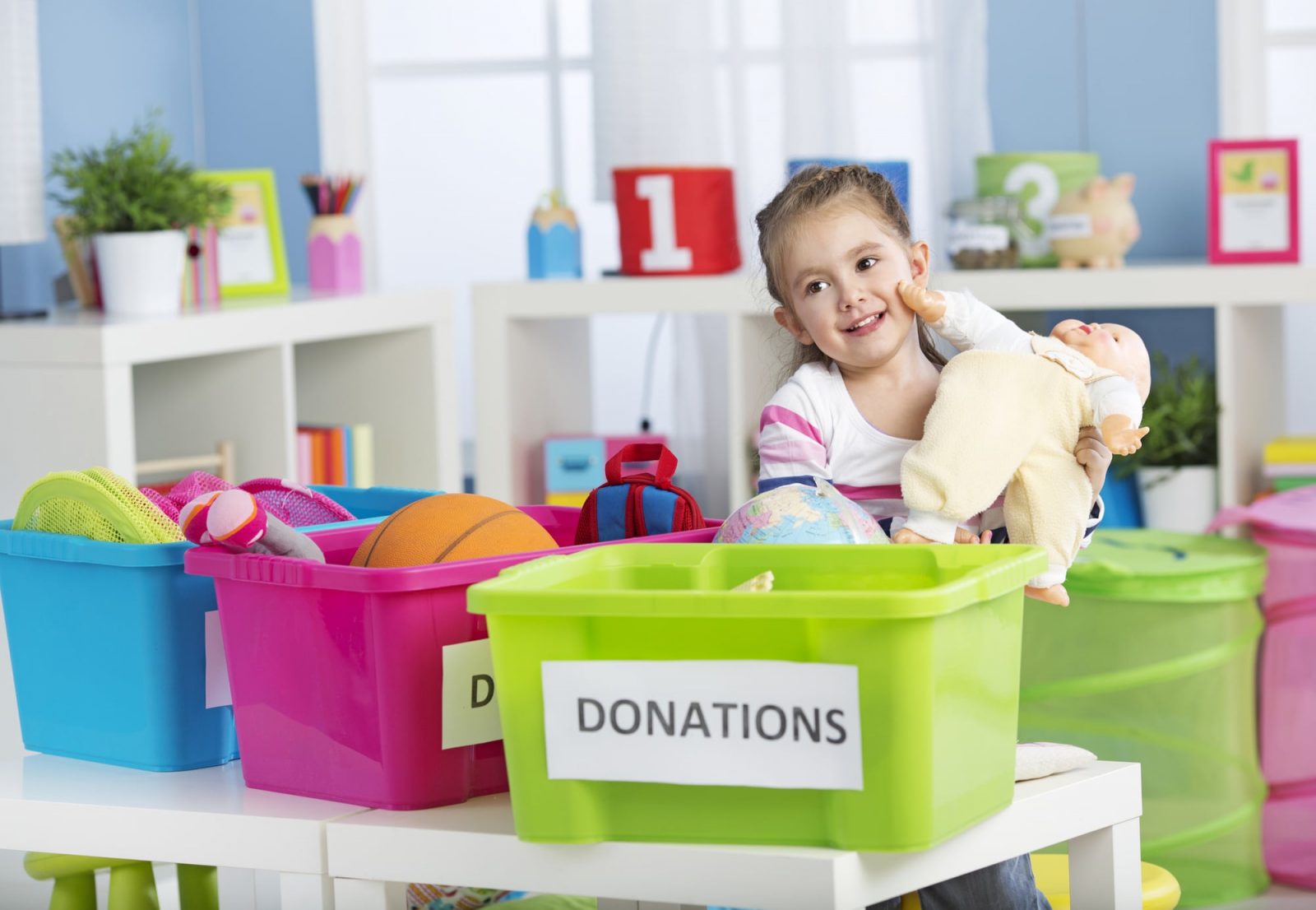

Decluttering Tips & Tricks
How To Declutter With Kids
Modified: January 6, 2024
Discover effective decluttering tips and tricks for families with kids. Learn how to create an organized and tidy home environment with simple and practical strategies. Start decluttering with your kids today!
(Many of the links in this article redirect to a specific reviewed product. Your purchase of these products through affiliate links helps to generate commission for Storables.com, at no extra cost. Learn more)
**
Introduction
**
Decluttering with kids can seem like a daunting task. As a parent, you may envision a never-ending battle of trying to tidy up while your little ones are on a mission to scatter toys and belongings throughout the house. However, with the right approach, decluttering with kids can be a rewarding and transformative experience for the entire family. Embracing a simplified and organized lifestyle can foster a sense of calm, enhance creativity, and promote a deeper connection among family members. In this comprehensive guide, we will explore the benefits of decluttering with kids, offer practical tips for involving them in the process, and provide strategies for maintaining a clutter-free home in the midst of the joyful chaos that comes with raising children. Let's embark on this decluttering journey together and discover how it can enrich your family life in ways you may not have imagined.
Key Takeaways:
- Encourage kids to value quality over quantity, cherishing meaningful possessions and experiences. Celebrate progress and growth in creating an organized and inviting home.
- Use decluttering as a way to communicate openly with kids, embracing flexibility and nurturing gratitude within the family. Embrace a simplified lifestyle for personal growth and deeper connections.
Read more: How To Declutter A Bathroom
Understanding the Benefits of Decluttering with Kids
Decluttering with kids goes beyond simply tidying up the home; it can have profound and lasting benefits for both children and parents. By involving your kids in the decluttering process, you are not only teaching them valuable life skills but also creating a nurturing environment that promotes their well-being. Here are some of the key benefits of decluttering with kids:
- Promotes Responsibility: Involving children in decluttering tasks teaches them to take responsibility for their belongings. They learn the importance of caring for and organizing their possessions, fostering a sense of accountability from a young age.
- Encourages Decision-Making Skills: Decluttering requires making decisions about what to keep, donate, or discard. This process helps children develop critical thinking and decision-making skills as they evaluate the items in their environment.
- Fosters Creativity: A clutter-free environment provides space for creativity to flourish. When kids have room to play and explore without being overwhelmed by clutter, they can unleash their imagination and engage in more meaningful and creative activities.
- Reduces Stress and Overwhelm: Clutter can contribute to feelings of stress and overwhelm for both children and adults. Creating an organized and tidy living space can promote a sense of calm and tranquility, benefiting the overall well-being of the entire family.
- Promotes Family Bonding: Decluttering together can be a bonding experience for the family. It provides an opportunity for open communication, teamwork, and shared accomplishment, strengthening the family unit.
- Teaches Gratitude: When children participate in decluttering and see the items they no longer need being donated to those in need, they learn the value of gratitude and giving back to the community.
By understanding and embracing these benefits, you can approach decluttering with a positive mindset, knowing that it is not just about tidying up, but also about nurturing important life skills and fostering a harmonious home environment for your children.
Getting Started: Setting the Stage for Decluttering
Embarking on a decluttering journey with kids requires thoughtful planning and a strategic approach. Before diving into the hands-on decluttering process, it’s essential to set the stage for success. Here are some key steps to get started:
- Lead by Example: Children often mirror the behavior of their parents. Demonstrating your own commitment to decluttering and maintaining an organized space sets a powerful example for your kids to follow.
- Communicate the Purpose: Engage your children in a conversation about the benefits of decluttering. Help them understand that decluttering is not about getting rid of their favorite things but about creating a more enjoyable and functional living environment for the entire family.
- Set Clear Goals: Define specific decluttering goals as a family. Whether it’s organizing the playroom, decluttering closets, or streamlining the study area, having clear objectives helps create a sense of purpose and direction for the decluttering process.
- Create a Plan: Develop a decluttering plan that outlines the areas of the home that need attention and the steps involved in the process. Breaking down the decluttering tasks into manageable segments can make the process less overwhelming for both you and your kids.
- Allocate Dedicated Time: Schedule dedicated decluttering sessions that align with your children’s energy levels and attention spans. Short, focused decluttering sessions are often more productive than prolonged, exhaustive efforts.
- Prepare Organizational Supplies: Gather bins, baskets, labels, and other organizational supplies to facilitate the decluttering process. Having the necessary tools on hand makes it easier for kids to sort and organize their belongings.
By laying the groundwork and involving your children in the preparation phase, you can create a sense of anticipation and enthusiasm for the decluttering journey ahead. Setting the stage for decluttering sets a positive tone and primes the entire family for a successful and rewarding experience.
Get your kids involved in the decluttering process by making it a game. Set a timer and see who can pick up the most toys or find the most items to donate. This makes decluttering fun and teaches kids the importance of organization.
Involving Kids in the Decluttering Process
Engaging children in the decluttering process not only empowers them to take ownership of their space but also cultivates valuable life skills. Here are some effective strategies for involving kids in the decluttering journey:
- Make it a Game: Infuse fun and excitement into decluttering by turning it into a game. Set challenges such as “who can fill a donation box first” or create a scavenger hunt for items that need to be organized or discarded.
- Offer Choices: Allow children to make decisions about their belongings. Encourage them to choose which toys, books, or clothes they want to keep and which ones they are ready to part with. This fosters a sense of autonomy and responsibility.
- Provide Supportive Guidance: Guide children through the decluttering process with patience and understanding. Offer gentle suggestions and support their decision-making, helping them navigate the emotional attachment they may have to certain items.
- Celebrate Achievements: Recognize and celebrate the progress made during the decluttering process. Acknowledge your children’s efforts and the positive impact of their contributions to creating a more organized and inviting living space.
- Create a Special Space: Designate a specific area in the home where children can display or store their cherished belongings. This helps them understand that decluttering does not mean getting rid of everything, but rather creating a curated and meaningful collection of items.
- Encourage Donation and Recycling: Teach children about the importance of donating items they no longer use to those in need and the benefits of recycling. Engaging in acts of kindness and environmental stewardship can instill a sense of empathy and social responsibility in children.
By involving kids in the decluttering process in a positive and supportive manner, you foster a sense of empowerment and teach them valuable lessons about organization, decision-making, and contributing to the well-being of others. Embracing decluttering as a collaborative and enjoyable activity strengthens the family bond and instills lifelong skills in your children.
Organizing and Maintaining a Clutter-Free Home with Kids
Once the decluttering process is underway, it’s important to establish systems and routines that support a clutter-free and organized home, especially when children are involved. Here are practical strategies for organizing and maintaining a clutter-free environment with kids:
- Designate Storage Zones: Create designated storage areas for different categories of items, such as toys, books, and art supplies. Clearly labeled bins, shelves, and drawers make it easier for children to put away their belongings independently.
- Implement Daily Tidying Routines: Integrate short tidying sessions into the daily routine. Set aside time in the morning or evening for quick clean-ups, involving the entire family in restoring order to shared spaces.
- Rotate Toys and Activities: To prevent overwhelming clutter, consider implementing a toy rotation system. Periodically rotate toys and activities, keeping a portion stored away and introducing them back into circulation to maintain novelty and reduce clutter.
- Encourage Paper Management: Establish a system for managing children’s artwork, school papers, and other documents. Designate a specific area for displaying artwork and create a filing system for important papers to prevent paper clutter from accumulating.
- Lead by Example: Model organized behavior by consistently maintaining your own spaces and belongings. Children are more likely to embrace tidiness when they see it consistently practiced by the adults in the household.
- Teach Responsibility: Encourage children to take responsibility for their belongings by emphasizing the importance of returning items to their designated storage spaces after use. Reinforce the concept of “a place for everything and everything in its place.”
By implementing these organizational strategies and instilling tidy habits, you create an environment that supports ongoing clutter management and fosters a sense of order and harmony within the home. Consistency and positive reinforcement play a pivotal role in maintaining a clutter-free space, allowing your family to enjoy the benefits of a well-organized living environment.
Read more: How To Declutter A Room
Conclusion: Embracing a Simplified Lifestyle with Kids
Decluttering with kids is not just about creating a tidy home; it’s about fostering a lifestyle that prioritizes intentionality, mindfulness, and meaningful connections. By involving your children in the decluttering process and embracing a simplified lifestyle, you are sowing the seeds for a more harmonious and fulfilling family life.
As you navigate the decluttering journey with your kids, remember that it’s not about achieving perfection or adhering to rigid minimalism. Instead, it’s about creating a space that reflects your family’s values, passions, and collective experiences. Here are some key takeaways as you continue on this transformative path:
- Focus on Quality Over Quantity: Encourage your children to cherish meaningful possessions and experiences rather than accumulating an excess of material belongings. Emphasize the value of quality over quantity.
- Celebrate Progress and Growth: Recognize and celebrate the progress made in creating a more organized and inviting home. Acknowledge the growth and positive changes that emerge from the decluttering process.
- Cultivate Open Communication: Use decluttering as an opportunity to engage in open and meaningful conversations with your children. Encourage them to express their thoughts and feelings about their belongings and the decluttering process.
- Embrace Flexibility and Adaptability: Understand that maintaining a clutter-free home with kids requires flexibility. Embrace the ebb and flow of family life, adjusting organizational systems and routines as needed.
- Nurture a Culture of Gratitude: Foster a sense of gratitude and appreciation within your family. Encourage acts of kindness, generosity, and mindfulness, instilling these values as integral aspects of your simplified lifestyle.
By embracing a simplified lifestyle with your kids, you are creating a nurturing and supportive environment that encourages personal growth, creativity, and a deeper connection with the things that truly matter. Decluttering becomes a catalyst for meaningful experiences, shared moments, and a sense of contentment that extends far beyond the physical spaces in your home.
As you continue on this journey, remember that the true essence of decluttering with kids lies in the joy of creating a home that embodies warmth, purpose, and the boundless love that defines your family.
Frequently Asked Questions about How To Declutter With Kids
Was this page helpful?
At Storables.com, we guarantee accurate and reliable information. Our content, validated by Expert Board Contributors, is crafted following stringent Editorial Policies. We're committed to providing you with well-researched, expert-backed insights for all your informational needs.
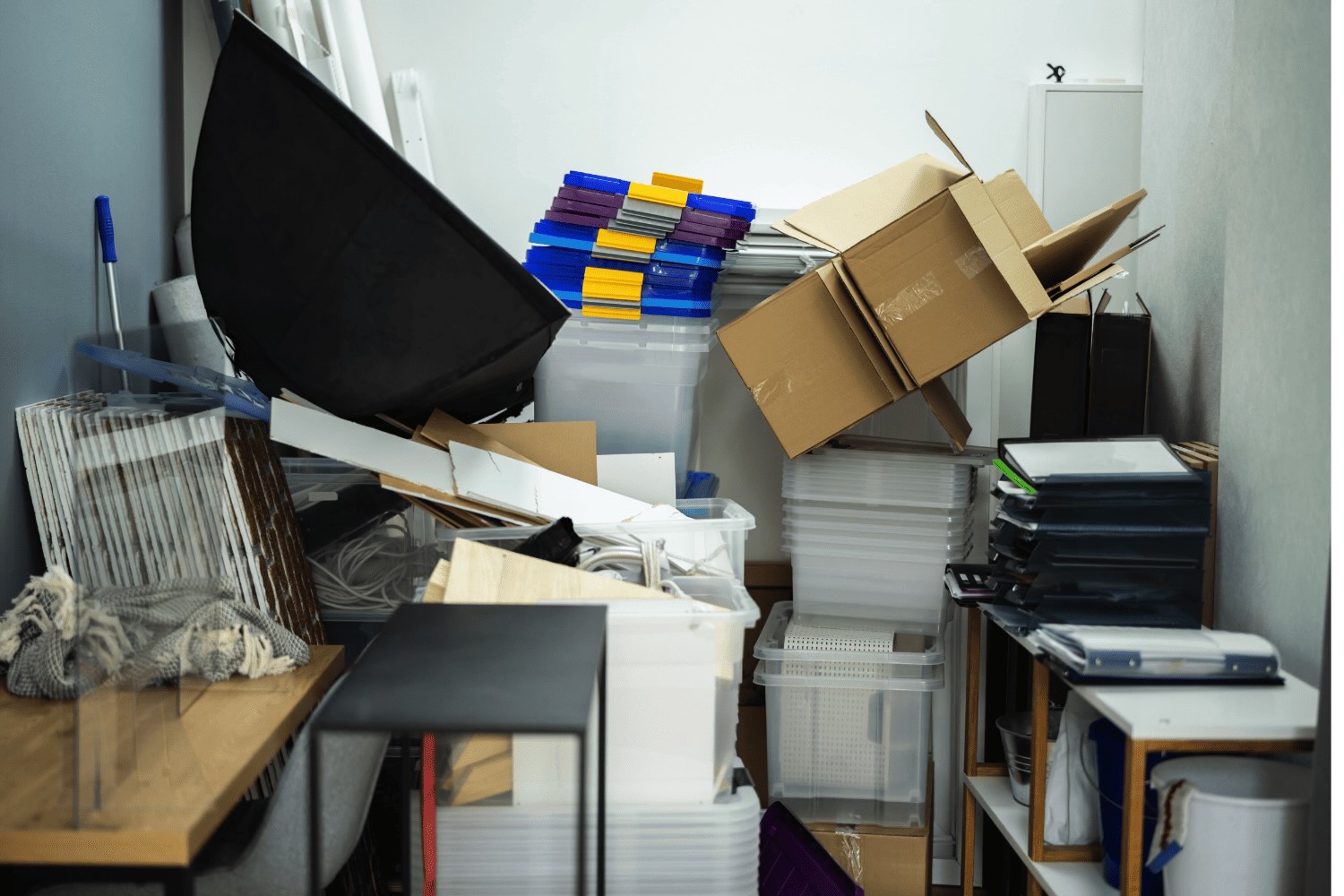
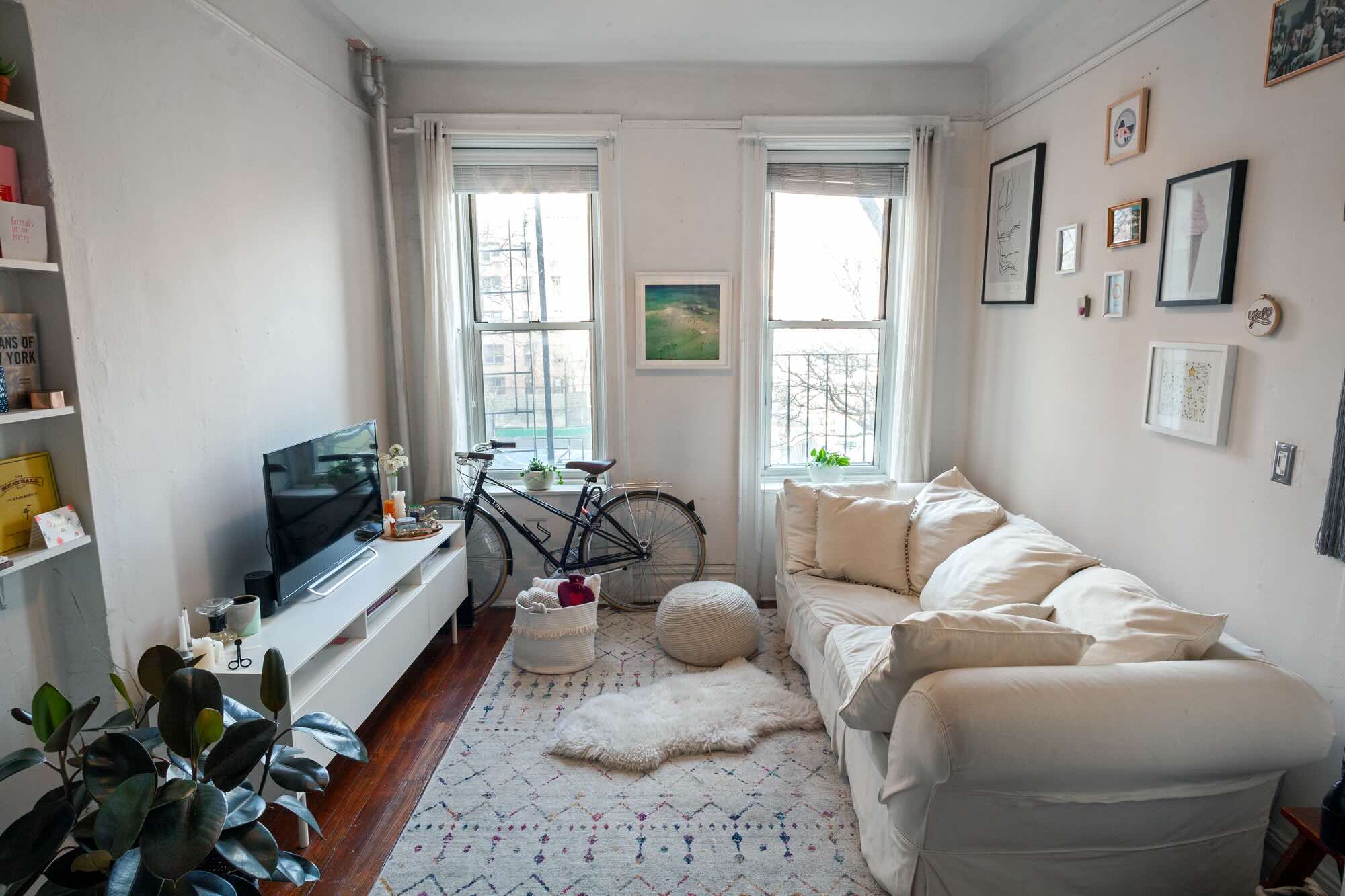

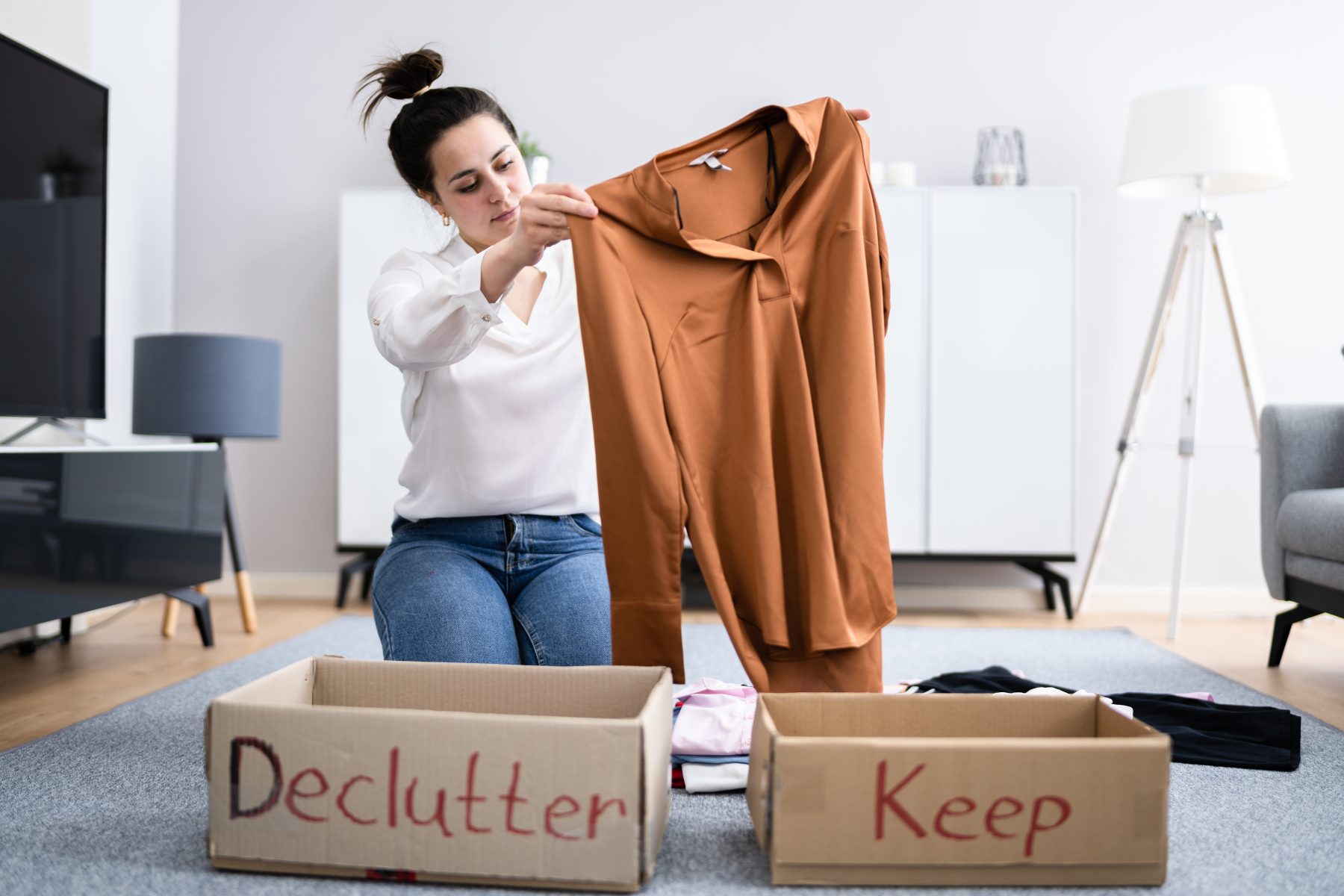

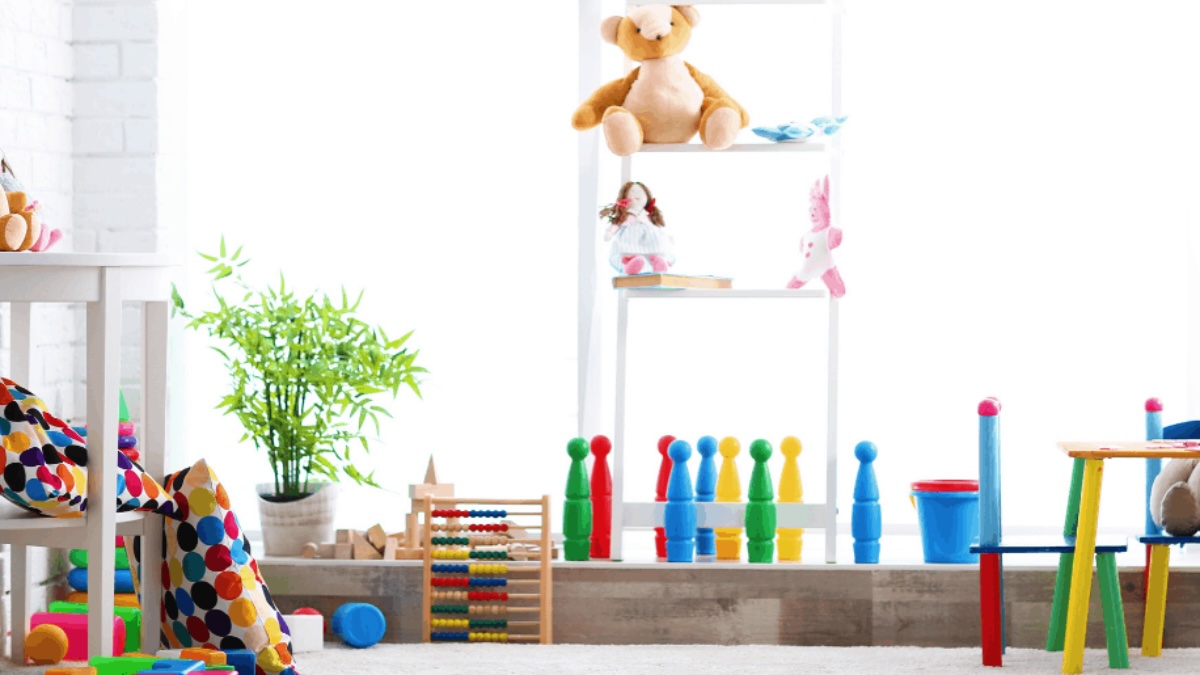
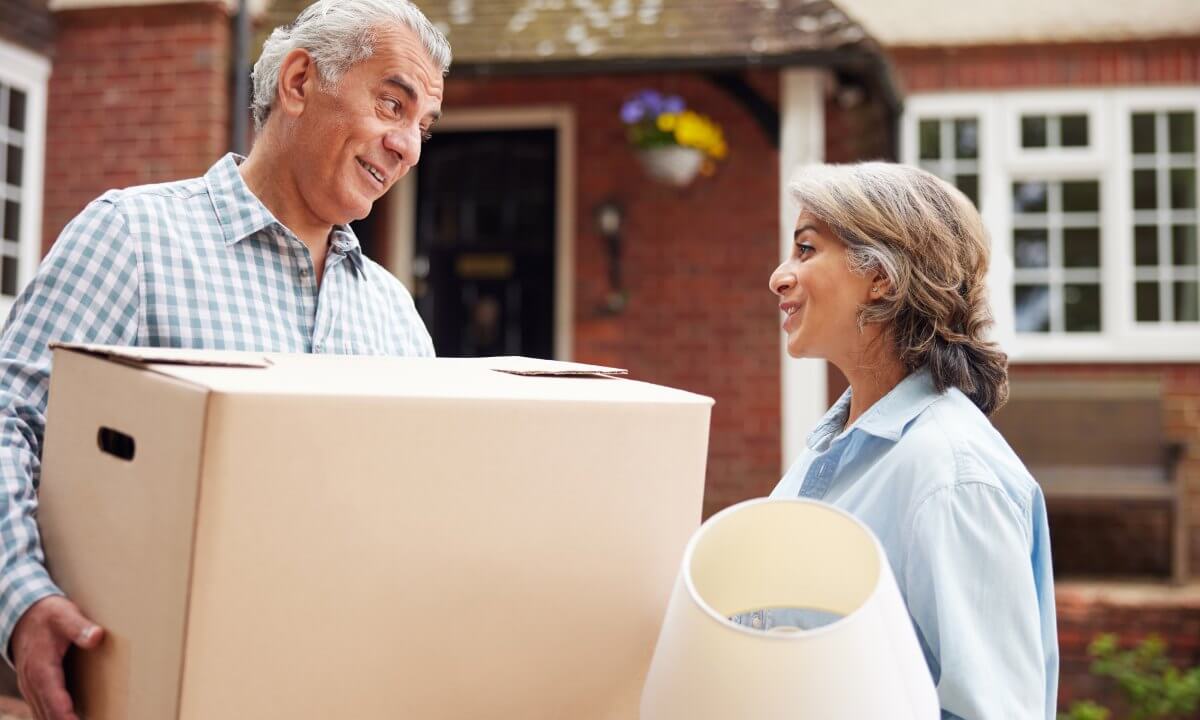
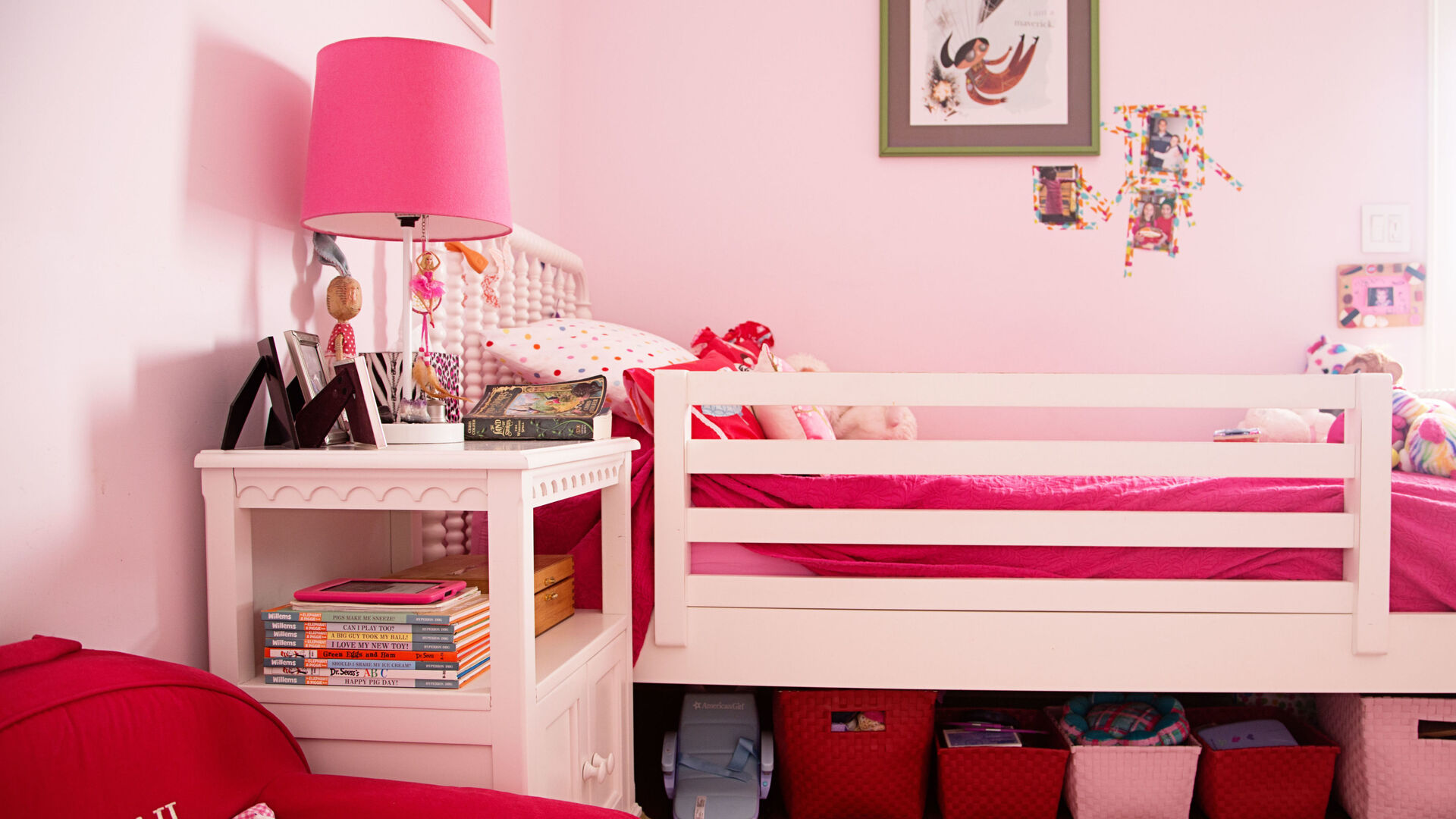
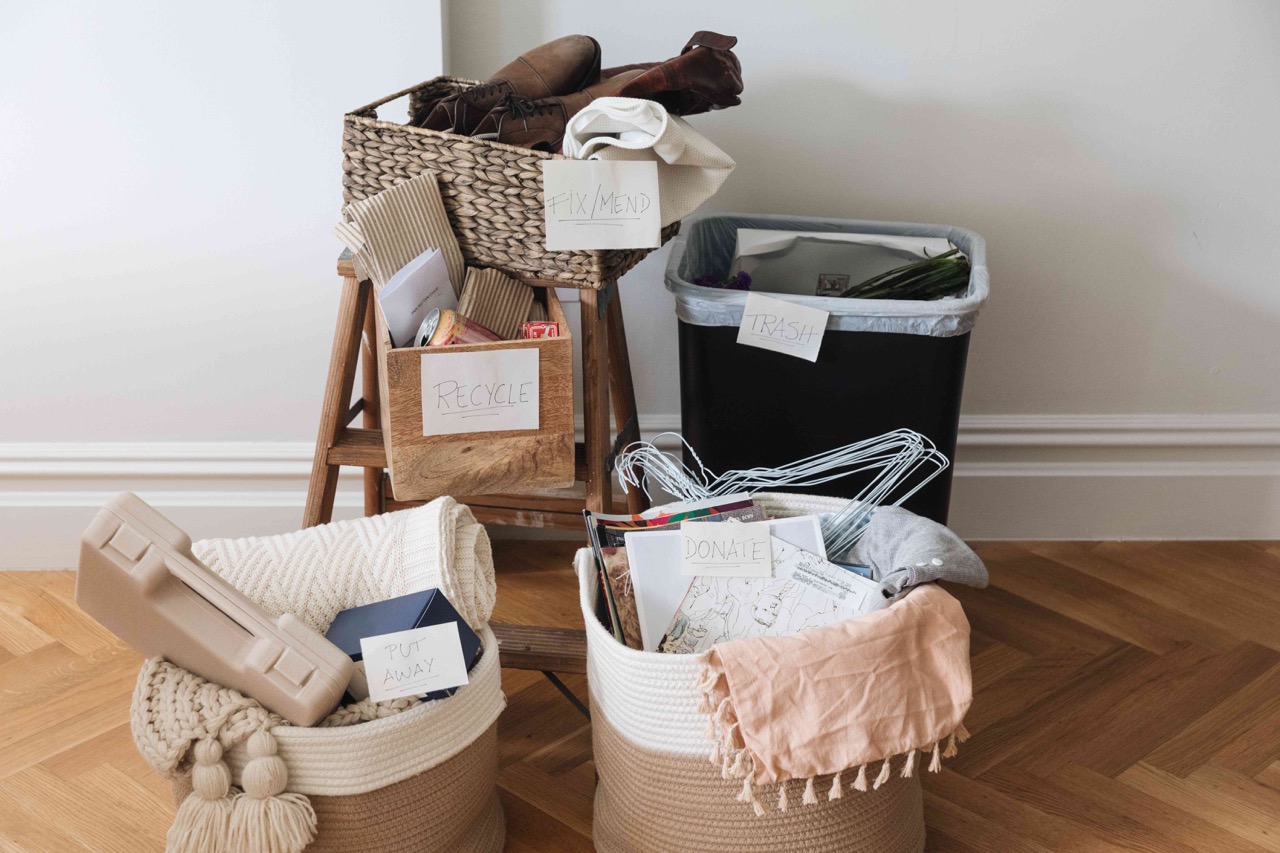

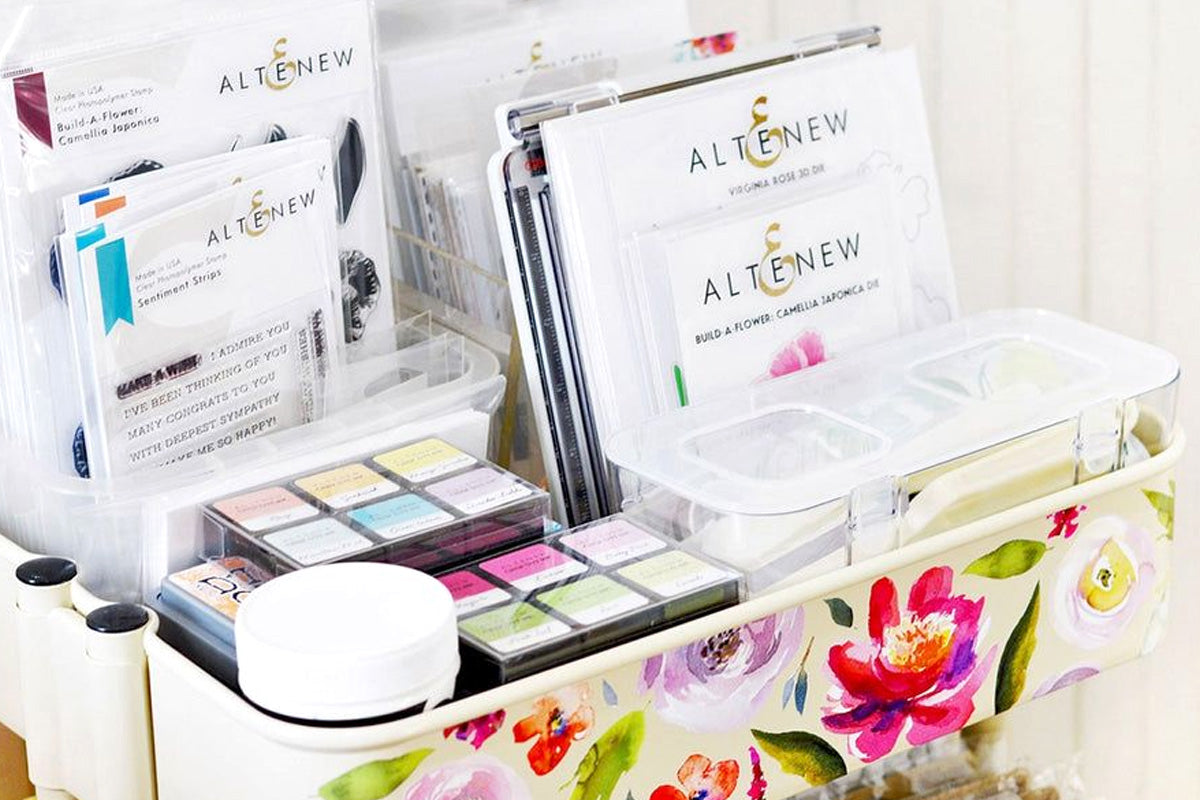
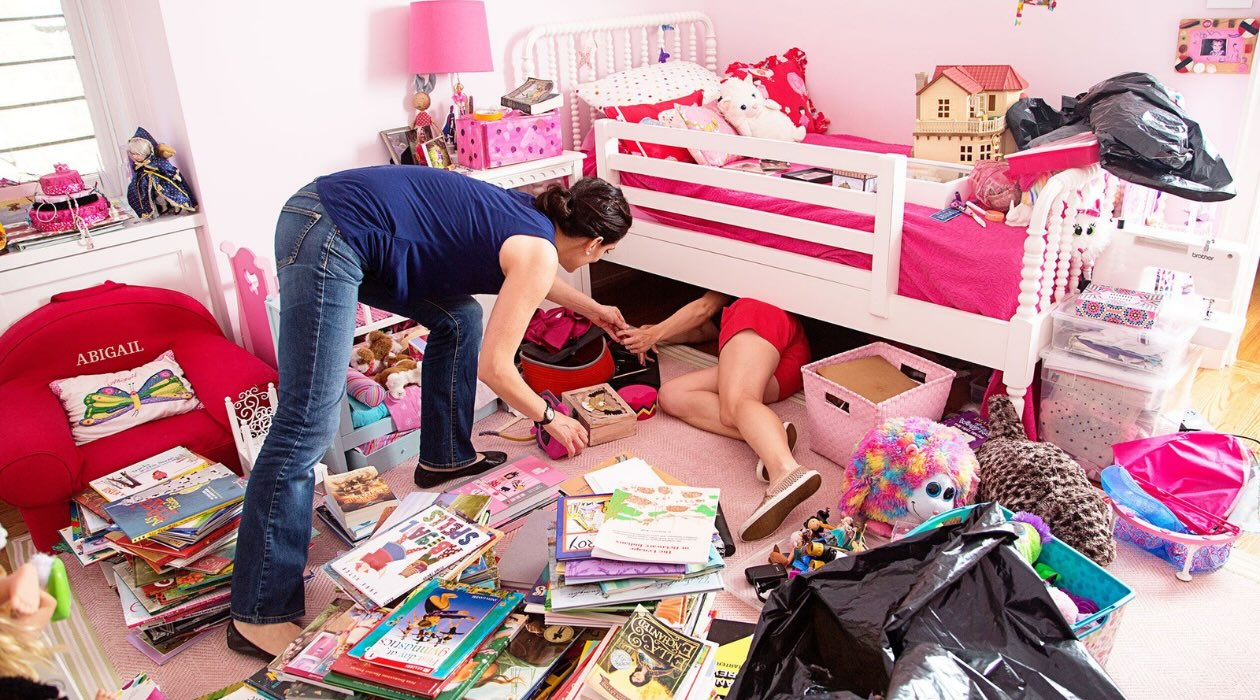
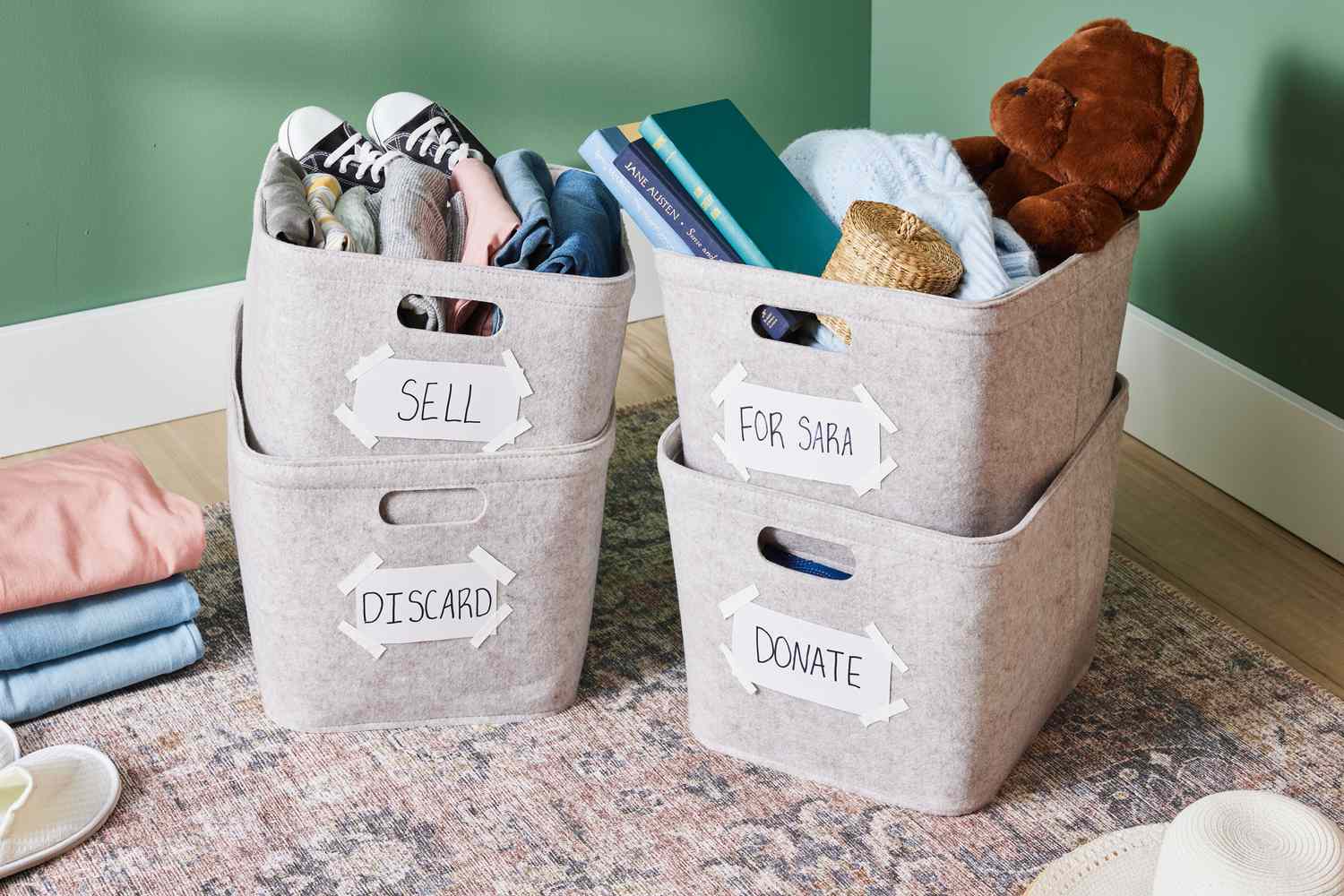


0 thoughts on “How To Declutter With Kids”